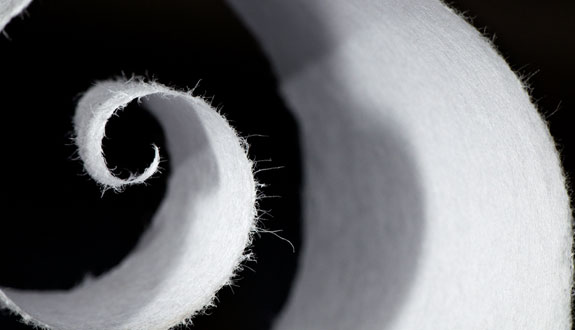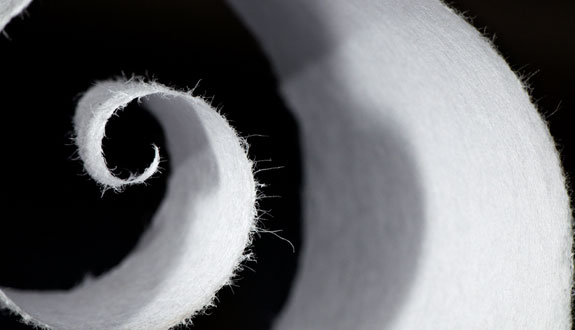
We’re finishing up our look at the recently released September 2018 LSAT with the test’s “curve.”
As a humanities major, I’m not particularly familiar with the concept of curves. So, when I learned the LSAT was curved back in the day, I didn’t really know what it meant (I did, however, get the sense that I wouldn’t benefit from the same grade inflation I’d been lucky enough to experience during undergrad).
To make matters worse, the “curve” on the LSAT usually refers only to the number of questions that you can miss and earn a 170. This post is going to try to shed some light on the LSAT curve, beyond merely looking at the 170 threshold.
First of all, to start at the beginning, the LSAT is scored from 120-180. A score of 170 is usually right around the 98th percentile, and it is often the benchmark for those individuals seeking admittance to the top law schools (or those individuals who want to teach for Blueprint, isn’t that the real dream?). As I mentioned earlier, this all-important number usually becomes the basis for peoples’ description of the “curve.”
Based on this description, the September 2018 test had a “-11 curve.” That means you could miss eleven questions and still score a 170 on the exam. Generally, the higher that number is, the more difficult the test. If the curve was “-12,” those test-takers scoring in the 98th percentile could miss one more question but still receive a 170. Thus, while the LSAT isn’t technically curved in a traditional sense, it is set up in such a way that a 170 on any exam is roughly equivalent to a 170 on another exam. This curve typically fluctuates from -9 to -12, as evidenced by the last four test administrations, which had curves of -10, -12, -11, and -9.

However, since 170 isn’t everyone’s target score, let’s look beyond that particular score to see what we can learn from the curves for 165, 160, 155, and 150. For the September 2018 test, the curve for those numbers, respectively, were -17, -25, -35, and -44. The curve is almost identical to the June 2018 LSAT, where the numbers were -17, -25, -35, and -42. However, compared to the December 2017 exam, the September 2018 test looks pretty brutal. There, the curves were -20, -29, -38, and -46. Just to make sure that comes across, you could miss more questions on the December 2017 test and achieve higher scores at virtually every significant threshold.
So, should you worry about the curve? Not really. It isn’t in your control and it doesn’t vary all that significantly in the aggregate. If you’re hit with a tough curve — like the September or June 2018 LSATs — then maybe it should play a role in your decision of whether to retake. But as you can see from those same exams, there’s no guarantee that the next exams curve will be more forgiving. What I can say, with absolute certainty, is that it is virtually impossible for anyone to guess the curve at any level following any exam. So if you came out of the LSAT and heard someone say “oh man, that was easy, probably a -9 curve,” put absolutely no stock in it.
Want to know what else is totally in your control? How you study for the LSAT. Whether you choose an in-person classroom LSAT course, online LSAT course, a hybrid of the two, or tutoring, only you can dictate how you prep for the LSAT; hard work really does pay off. That said, you’re not alone in this. If you need help deciding how you should prep, speak with one of our experienced Acamdeic Managers!




